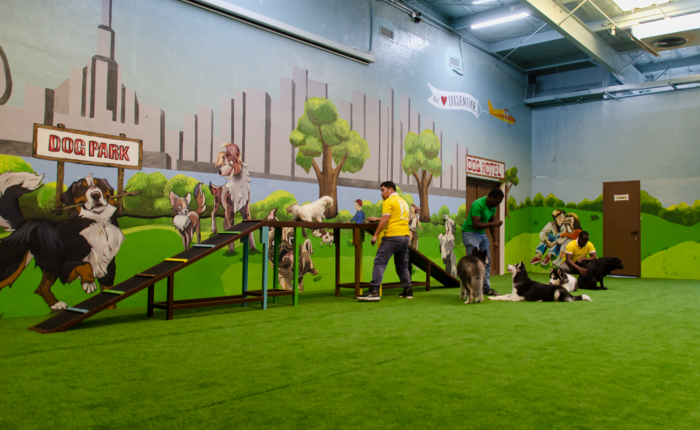Dog body language: How to understand your dog’s emotions
Dog body language is a complex system of signals and movements that dogs use to communicate with each other and with humans. Understanding dog body language can help you better understand your dog’s behavior and build better relationships with him.
Signs of dog body language
Some of the signs of dog body language you should know include:
- Body posture: Your dog’s body posture is one of the most important signs of his body language. Dogs that feel comfortable and relaxed will keep their bodies loose and relaxed. Dogs that feel threatened or anxious will keep their bodies stiff and ready.
- Head: Your dog’s head can also provide a lot of information about his emotions. Dogs that feel curious or excited will raise their heads. Dogs that feel scared or submissive will lower their heads.
- Ears: Your dog’s ears can also provide a lot of information about his emotions. Dogs that feel curious or excited will turn their ears forward. Dogs that feel scared or submissive will pull their ears back.
- Eyes: Your dog’s eyes can also provide a lot of information about his emotions. Dogs that feel curious or excited will open their eyes wide.
- Tail: Your dog’s tail can also provide a lot of information about his emotions. Dogs that feel comfortable and relaxed will keep their tail loose and down. Dogs that feel excited or curious will wag their tail up. Dogs that feel scared or threatened will tuck their tail between their legs.
- Lips: Your dog’s lips can also provide a lot of information about his emotions. Dogs that feel comfortable and relaxed will keep their lips closed. Dogs that feel curious or excited will slightly open their lips.
Understanding dog body language
Understanding dog body language can help you to:
- Better understand your dog’s behavior.
- Build better relationships with your dog.
- Prevent unwanted behaviors from developing in your dog.
- If unwanted behaviors do develop in your dog, you can identify the cause and take steps to correct it.
Examples of dog body language
Here are some examples of dog body language:
- Your dog wags his tail up and down. This indicates excitement or happiness.
- Your dog pulls his ears back and tucks his tail between his legs. This indicates fear or anxiety.
- Your dog lowers his head and pulls his lips back. This indicates submission or respect.
- By learning dog body language, you can better communicate with him and build better relationships with him.
Dog training
Dog training can help you to better understand your dog’s body language. In dog training classes, trainers will help you to understand how to interpret different dog behaviors. They can also help you to communicate more effectively with your dog.
The Dogventurehq veterinary clinic in Dubai offers a variety of services for dogs. This veterinary clinic can help you to maintain your dog’s health, prevent unwanted behaviors from developing in him, and train your dog.
This center in Dubai offers a variety of services for dogs. These services can include dog training, dog grooming, dog services and more.
Body language of dogs in different situations
Dog body language can vary depending on the situation. For example, dogs playing may use different body language than dogs fighting. Here are some examples of dog body language in different situations:
- Play: Dogs playing may wag their tails up and down, smile, and turn their heads around.
- Fight: Dogs fighting may show their teeth, pull their ears back, and raise their hackles.
- Fear: Dogs feeling fear may tuck their tails between their legs, pull their ears back, and squint their eyes.
- Submission: Dogs submitting may lower their heads, tuck their lips in, and tuck their tails between their legs.
Important tips for understanding dog body language
- Consider your dog’s age: The body language of young dogs may differ from that of older dogs.
- Consider your dog’s breed: Some dog breeds have different body language than other breeds.
- Consider your dog’s personality: Some dogs are naturally calmer or more energetic than others.
Conclusion
Understanding dog body language can help you to build better relationships with your dog. By learning dog body language, you can better understand his behavior and communicate more effectively with him.

